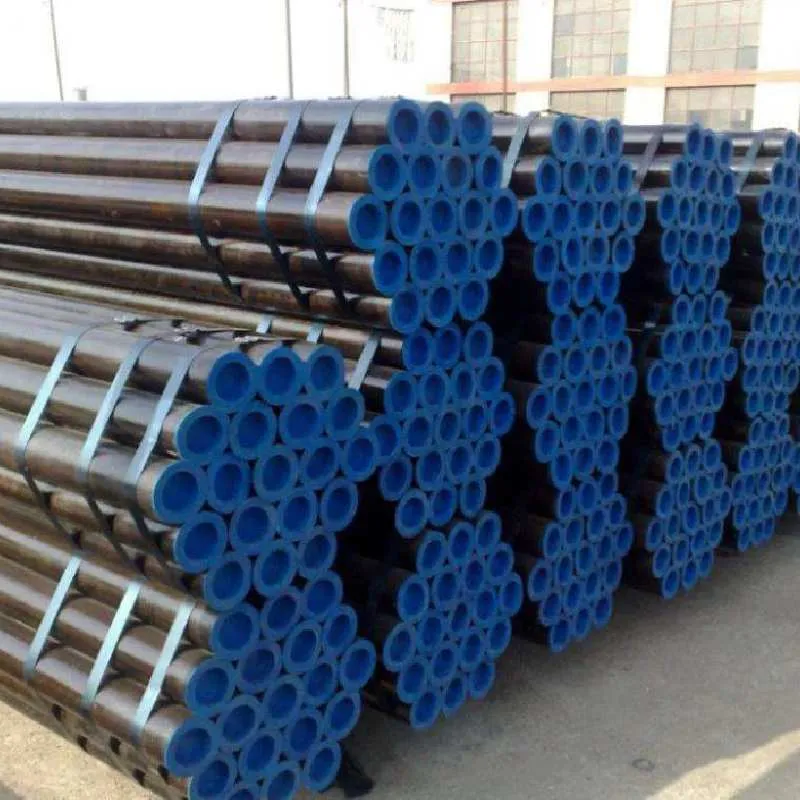-
Cangzhou Yulong Steel Co., Ltd.
-
Phone:
+86 13303177267 -
Email:
admin@ylsteelfittings.com
- English
- Arabic
- Italian
- Spanish
- Portuguese
- German
- kazakh
- Persian
- Greek
- French
- Russian
- Polish
- Thai
- Indonesian
- Vietnamese
- Zulu
- Korean
- Uzbek
- Hindi
- Serbian
- Malay
- Ukrainian
- Gujarati
- Haitian Creole
- hausa
- hawaiian
- Hebrew
- Miao
- Hungarian
- Icelandic
- igbo
- irish
- Japanese
- Javanese
- Kannada
- Khmer
- Rwandese
- Afrikaans
- Albanian
- Amharic
- Armenian
- Azerbaijani
- Basque
- Belarusian
- Bengali
- Bosnian
- Bulgarian
- Catalan
- Cebuano
- China
- China (Taiwan)
- Corsican
- Croatian
- Czech
- Danish
- Esperanto
- Estonian
- Finnish
- Frisian
- Galician
- Georgian
- Kurdish
- Kyrgyz
- Lao
- Latin
- Latvian
- Lithuanian
- Luxembourgish
- Macedonian
- Malgashi
- Malayalam
- Maltese
- Maori
- Marathi
- Mongolian
- Myanmar
- Nepali
- Norwegian
- Norwegian
- Occitan
- Pashto
- Dutch
- Punjabi
- Romanian
- Samoan
- Scottish Gaelic
- Sesotho
- Shona
- Sindhi
- Sinhala
- Slovak
- Slovenian
- Somali
- Sundanese
- Swahili
- Swedish
- Tagalog
- Tajik
- Tamil
- Tatar
- Telugu
- Turkish
- Turkmen
- Urdu
- Uighur
- Welsh
- Bantu
- Yiddish
- Yoruba

Dec . 04, 2024 17:37 Back to list
ansi b16 47 flanges
Understanding ANSI B16.47 Flanges A Comprehensive Overview
Flanges play a crucial role in piping systems, providing a means for connecting various components such as pipes, valves, pumps, and other equipment. Among the various standards governing flanges, ANSI B16.47 stands out for its comprehensive guidelines and specifications regarding large diameter flanges. This article aims to explore the key aspects of ANSI B16.47 flanges, including their design, applications, and significance in industrial settings.
What is ANSI B16.47?
ANSI B16.47 is a standard developed by the American National Standards Institute (ANSI), which outlines the requirements for large diameter flanges for use in piping systems. The standard covers flange sizes from 26 inches to 60 inches in diameter, thereby accommodating the needs of various industrial applications. ANSI B16.47 flanges are often used in large-scale projects such as petrochemical plants, water treatment facilities, and power generation systems, where the handling of substantial volumes of fluids and gases necessitates robust and reliable connection methods.
Types of ANSI B16
.47 FlangesANSI B16.47 flanges come in two main types, classified as Series A and Series B.
1. Series A Flanges These flanges are based on the dimensions of the American National Standards Institute (ANSI) B16.5 flange dimensions. They are preferred in applications where high-strength characteristics are needed due to their thicker construction.
2. Series B Flanges These flanges follow the dimensions specified in the ASME B16.47 standard and are usually lighter than Series A flanges. They are used in applications where weight reduction is important, yet strength and reliability must still be maintained.
ansi b16 47 flanges

Material Specifications
The ANSI B16.47 standard allows for a variety of materials to be used, including carbon steel, stainless steel, and alloy steels. The material choice largely depends on the specific requirements of the application, such as operating pressure, temperature, and the nature of the fluids being transported. It is vital to select a material that can withstand the harsh conditions to which it will be subjected, ensuring the longevity and integrity of the piping system.
Applications and Importance
ANSI B16.47 flanges are widely used across various sectors including oil and gas, chemical processing, and water management. Their ability to handle high pressures and temperatures makes them an ideal choice for critical applications. Moreover, the use of large diameter flanges simplifies connections between two sizable pipes, allowing for efficient fluid movement with minimal resistance.
The importance of adhering to the ANSI B16.47 standards cannot be overstated. By following these specifications, manufacturers and engineers can ensure that the flanges will fit correctly and function effectively within the system. This adherence also helps mitigate the risks of leaks, ruptures, and failures that can lead to costly downtime and hazardous situations.
Conclusion
In summary, ANSI B16.47 flanges are integral components in modern piping systems, particularly for large diameter applications. Understanding their specifications, types, material requirements, and applications is essential for engineers and industry professionals who strive to create efficient and safe piping solutions. By adhering to the ANSI B16.47 standards, industries can ensure the reliability and performance of their systems, paving the way for a safer and more efficient operational environment. In an age where efficiency and safety are paramount, the role of ANSI B16.47 flanges in facilitating robust pipeline connections has never been more significant.
Latest news
-
ANSI 150P SS304 SO FLANGE
NewsFeb.14,2025
-
ASTM A333GR6 STEEL PIPE
NewsJan.20,2025
-
ANSI B16.5 WELDING NECK FLANGE
NewsJan.15,2026
-
ANSI B16.5 SLIP-ON FLANGE
NewsApr.19,2024
-
SABS 1123 FLANGE
NewsJan.15,2025
-
DIN86044 PLATE FLANGE
NewsApr.19,2024
-
DIN2527 BLIND FLANGE
NewsApr.12,2024
-
JIS B2311 Butt-Welding Fittings LR/SR 45°/90° /180°Seamless/Weld
NewsApr.23,2024











